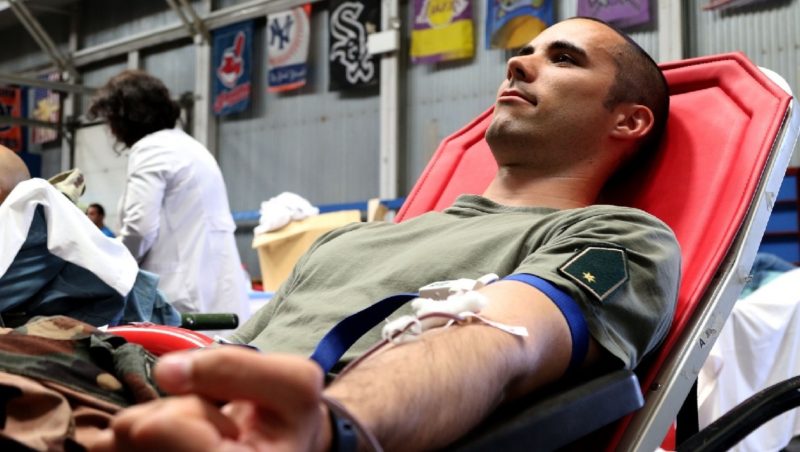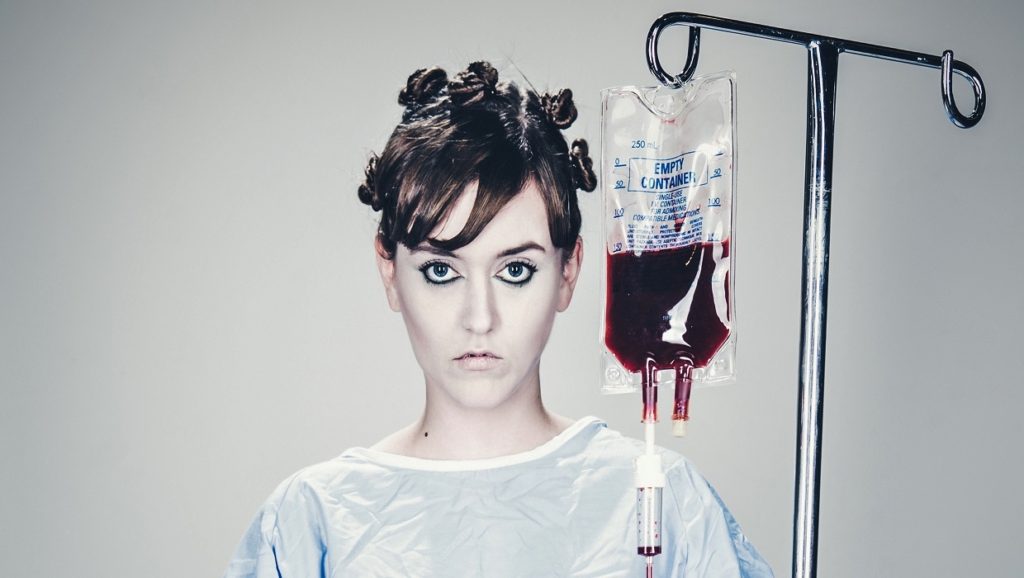Can We Live To 120 On the Blood Of Teens? Does Parabiosis Work?
Parabiosis is back in the spotlight. The latest news reports that scientists have discovered the previously hidden rejuvenating factors in young blood. [This article first appeared on the website LongevityFacts.com. Author: Brady Hartman. ]
Young blood seems to have healing powers, but how can we get benefit from them without relying on donors?
Newly published research shows that scientists may have found one of the hidden factors in the blood that are responsible its rejuvenating effects.
Young Blood, Old Blood (Parabiosis)
The rejuvenating properties of young blood became apparent when researchers performed a bizarre process called parabiosis, in which they surgically joined two mice. The mice shared the same circulatory system, allowing the young blood to flow through the old mouse’s body and vice-versa.
The results were remarkable. The old mouse became rejuvenated, while the young mouse aged. Subsequent experiments have shown similar effects.
Two separate animal experiments, performed by the same team showed that young blood improves the aging brain.
The first occurred in 2014, when neuroscientist Tony Wyss-Coray, a researcher at Stanford University showed that infusions of blood from young mice reversed cognitive and neurological impairments found in old ones. He published his results in the journal Nature.
In April 2017, the same team made a similar discovery. This time Wyss-Coray’s team transfused plasma from human umbilical cords and young adults into old mice. This cross-species transfusion also had remarkable effects on the mice. It improved their aging brains, as the mice significantly improved their ability to learn and their performance in memory tests. The team also published their new results in the journal Nature, in which, Wyss-Coray and colleagues said,
“This suggests there are factors [or components] in the blood of young organisms, including humans, that can rejuvenate an old brain and make it work more like a younger one”
Old Parabiosis, New Parabiosis
The idea of refreshing old blood with new has going on for some time. Back to the 1950s, Clive McCay stitched together the circulatory systems of two mice. Interest in the practice died out, until two decades ago, when it became a hot topic once again. In 2005, Thomas Rando, director of the Paul F. Glenn Center for the Biology of Aging at Stanford University, performed a modern-era parabiosis experiment.
Rando also noticed that the elderly mouse recovered its youthful wound-healing powers. Somehow the older rodent’s stem cells had become more effective at growing new tissue. Stem cells are responsible for replacing damaged cells, and they decline in number as we age.

Parabiosis For Two-Legged Creatures
Young blood may also benefit people. Based on the results of successful animal tests, back in 2014, researcher tested young blood as a treatment for Alzheimer’s Disease in elderly patients. A team at Stanford School of Medicine gave a transfusion of young blood to older volunteers with mild to moderate Alzheimer’s.
Parabiosis Linked To Cellular Senescence
Parabiosis experiments have yielded useful data, helping scientists understand how we age.
Senescent cells churn out buckets of chemical messengers, depositing them directly into our bloodstream. Researchers performing parabiosis experiments have shown that these circulating chemical signals form the basis of an epigenetic clock that controls the aging rate. Using senolytics to remove the senescent cells turns off the supply of the chemical messengers and stops the epigenetic clock.
Using senolytics to remove the senescent cells turns off the supply of the chemical messengers and stops the epigenetic clock. Doctors believe this can be turned into a therapy that can reverse aging. Shutting off the supply of signaling molecules stops the epigenetic clock and hopefully stops the aging process.
Search For The Hidden Factor
Since that time, researchers have been analyzing blood samples, searching for compounds that might be responsible for the rejuvenating effects, especially the compounds that stimulated stem cells.
Eventually, Harvard University biologist Amy Wagers found a protein called GDF11 in the blood. She believes the molecule is responsible for faster healing. Wagers published the results of her experiments in the journal Science in 2014. The researcher found more GDF11 in younger mice than in older ones. To test out her theory, Wagers injected GDF11 into older mice. The protein appeared to restore muscles to their youthful structure and strength.
Others called her findings into question. A study published in the journal Cell Metabolism suggested that GDF11 increases with age and that some other blood factor is making the cells act younger.
A Eureka Moment
Hartmut Geiger, a researcher at the University of Ulm in Germany, thinks he may have found that special blood factor, a protein called osteopontin. Geiger’s team examined the bone marrow of mice and found that older animals have much lower levels of the protein.
Suspected that osteopontin was responsible for keeping blood stem cells healthy, Geiger’s team injected stem cells into mice that lacked osteopontin. The results?
In the mice lacking the protein, the stem cells aged rapidly.
Taking the experiment one step further, Dr. Geiger’s team mixed older stem cells with osteopontin and a protein that activates it. Not only did the stem cells thrive, but they also began to produce white blood cells just as young stem cells do.
Geiger concluded that osteopontin is one the blood factors that makes blood stem cells more youthful.
The results are promising, and Dr. Geiger is hoping to translate it into a treatment. Transfusions of osteopontin and an activating protein would rejuvenate the blood of seniors, boosting their immune function.
Take Home Message
It’s still too early to tell if parabiosis is beneficial for humans. Once thought to be the fountain of youth, subsequent research has found that GDF-11 did not affect youthfulness. Researchers believe that some other blood molecule is responsible for the rejuvenating effects of young blood, and perhaps it is osteopontin. Scientists are hopeful and are currently performing clinical trials with parabiosis.
Related Article: Researchers test parabiosis, announce a clinical trial of young blood.
Help Us Spread the Word
Please share this post and help us spread the word. All it takes is one simple click on the social media link on this page.
Article References
Novella Guidi, Mehmet Sacma, Ludger Ständker, Karin Soller, Gina Marka, Karina Eiwen, Johannes M Weiss, Frank Kirchhoff, Tanja Weil, Jose A Cancelas, Maria Carolina Florian, Hartmut Geiger. Osteopontin attenuates aging‐associated phenotypes of hematopoietic stem cells
DOI 10.15252/embj.201694969 Published online 02.03.2017
The EMBO Journal (2017) e201694969.
Disclaimer
Diagnosis, Advice, and Treatment: This article is intended for informational and educational purposes only and is not a substitute for professional medical advice. The information provided in this report should not be used during any medical emergency or for the diagnosis or treatment of any medical condition. Consult a licensed physician for the diagnosis and treatment of any and all medical conditions. Call 911, or the equivalent emergency hotline number, for all medical emergencies. As well, consult a licensed physician before changing your diet, supplement or exercise programs. Photos, External Links & Endorsements: This article is not intended to endorse companies, organizations or products. Links to external websites, depiction/mention of company names or brands, are intended only for illustration and do not constitute endorsements.

good article .. well done
When will this be available?
So, it’s a blood factor then ?
I love your website, you’ve got high quality content.
I see your blog has some good posts.
The author forgot to mention that also aging factors accumulate in the old blood: CCL11, β2-microglobulin, VCAM1 (vascular cell adhesion molecule 1 of CD106)